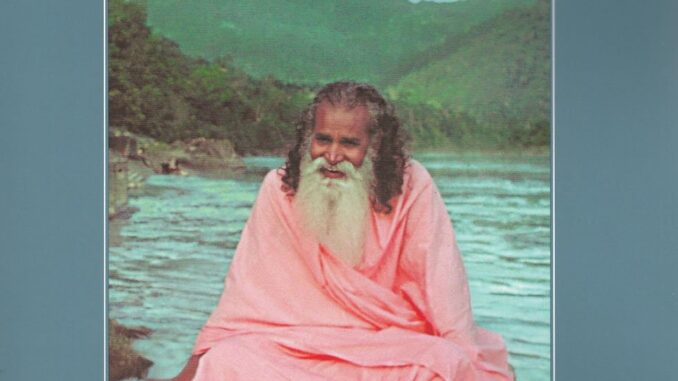
In Patanjali’s Yoga Sutra, the eightfold path is called ashtanga, which literally means “eight limbs” (ashta=eight, anga=limb). These eight steps act as a discipline guide for living a meaningful and purposeful life through the prescription for moral and ethical conduct and accountability. Ashtanga Yoga directs attention toward one’s health and helps us acknowledge our intuition.
1. Yama
The first limb, yama, deals with one’s ethical standards and sense of integrity, focusing on our behavior and how we conduct ourselves in life. Yamas are universal practices that relate best to what we know as the Golden Rule, “Treat others how you want to be treated.” The five yamas are:
- Ahimsa: nonviolence
- Satya: truthfulness
- Asteya: not stealing
- Brahmacharya: continence
- Aparigraha: noncovetousness
2. Niyama
Niyama, the second limb, has to do with self-discipline and spiritual observances. Regularly attending temple or church services, saying grace before meals, developing your own personal meditation practices, or making a habit of taking contemplative walks alone are all examples of niyamas in practice. The five niyamas are:
- Saucha: cleanliness
- Samtosa: contentment
- Tapas: heat; spiritual austerities
- Svadhyaya: study of the sacred scriptures and of one’s self
- Isvara pranidhana: surrender to God
3. Asana
Asanas are the postures practiced in yoga, which comprise of the third limb. The body is a temple of spirit; the care of which is an important stage of our spiritual growth. Through the practice of asanas, we develop the habit of discipline and the ability to concentrate, both of which are necessary for meditation. Explore Yoga Poses A-Z.
4. Pranayama
Pranayama roughly translates to “breath control” in Sanskrit. This fourth limb consists of techniques designed to gain mastery over the respiratory process while recognizing the connection between the breath, the mind, and the emotions. As implied by the literal translation of pranayama, “life force extension,” yogis believe that it not only rejuvenates the body but extends life itself. You can practice pranayama as an isolated technique (i.e., simply sitting and performing breathing exercises) or integrate it into your daily yoga routine.
5. Pratyahara
Pratyahara, the fifth limb, represents withdrawal or sensory transcendence. In this state, we make the conscious effort to draw our awareness away from the external world and outside stimuli. We must cultivate a detachment from our senses and direct our attention internally. The practice of pratyahara provides us with an opportunity to step back and take a good look at ourselves. This withdrawal allows us to objectively observe our bad habits and rid ourselves of behavior that is detrimental to our health and that interferes with our inner growth.
6. Dharana
As each stage prepares us for the next, the practice of pratyahara creates the setting for dharana, or concentration. Having relieved ourselves of outside distractions, we can now deal with the distractions of the mind itself. This is no easy feat. We must first concentrate the mind before meditation. This limbic process teaches us how to get to dharana by slowing down our thoughts so we can concentrate on a single mental object: a specific energetic center in the body, an image of a deity, or the silent repetition of a sound. With extended periods of concentration, we are naturally led into meditation.
7. Dhyana
The seventh limb of yoga is the uninterrupted flow of concentration. Although dharana (concentration) and dhyana (meditation) may appear to be one and the same, a fine line of distinction exists between these two points of focus. Where dharana practices one-pointed attention, dhyana is a state of being keenly aware without focus. During Dhyana, the mind is quieted, and in the stillness, it produces few or no thoughts at all. The strength and stamina it takes to reach this state of stillness requires consistent practice. Remember this is not impossible. Yoga is a process. We benefit at every stage of our progress.
8. Samadhi
Patanjali describes the eighth and final stage of as a state of ecstasy, known as samadhi. The meditator merges with their point of focus and transcends the Self altogether. There is a realization that occurs and shows us the profound connection to the Divine, an interconnectedness with all living things. You will experience bliss and unity with the Universe. What Patanjali has described as the completion of the yogic path is what, deep down, all human beings aspire to: peace. This final stage brings us enlightenment, it cannot be bought or possessed. It can only be experienced in practice.
Thank you for reading this blog today! More content coming soon, so stay tuned. Follow me on Instagram @theversatilewriter for content updates, daily story tips and talks, and so much more!
